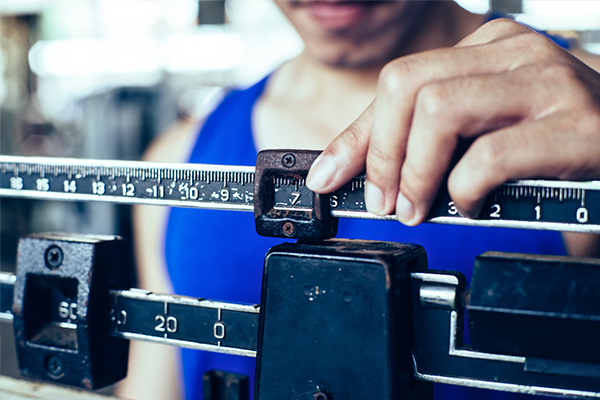Measure your body during a weight loss journey properly is crucial for tracking progress effectively. While the scale provides one metric, measuring inch gives a more comprehensive view of body composition changes and helps maintain motivation through visible results. Before beginning measurements, ensure you have the right tools, a notebook for recording measurements, and, ideally, a friend to help with hard-to-reach areas.
Key measurement points for upper body
The upper body contains several crucial measurement points that can show significant changes during weight loss. Start with the neck, measuring at its narrowest point, typically just below the larynx. For shoulders, measure at the widest point, typically across the shoulder blades.
Following the guidance provided at Medical Weight Loss Huntington Beach chest measurements should be taken at nipple level, with the tape parallel to the ground. For women, this measurement should be taken while wearing a non-padded bra.
Core measurements – Waist and abdomen
The midsection often shows the most dramatic changes during weight loss. Measure your waist at the narrowest point, typically just above the belly button for the abdomen, measure at the widest point, usually across the belly button.
Lower body measurement points
For hips, measure around the widest part, typically across the buttocks. Thigh measurements should be taken at the widest point of each thigh separately. Calf measurements are taken at the widest point of each calf.
Upper arm measurements
Measure both upper arms at their widest point, typically halfway between the shoulder and elbow. Take measurements both with the arm relaxed and flexed to track muscle development.
Frequency of measurements
Taking measurements every two to four weeks provides enough time to see meaningful changes without becoming overly focused on numbers. This timeline allows for realistic progress tracking while maintaining motivation.
Common measurement mistakes to avoid
Some typical errors include:
- Pulling the tape too tight
- Not keeping it parallel to the ground
- Measuring at inconsistent points
- Taking measurements at different times of day
- Not recording measurements immediately
Tracking and recording progress
Create an organized system for recording measurements, including:
- Date of measurement
- All measurement points
- Notes about clothing worn
- Time of day
- Any relevant observations
Measurement fluctuations
Various factors can affect measurements, including:
- Water retention
- Menstrual cycle
- Recent food intake
- Exercise timing
- Sleep quality
- Stress levels
Combining measurements with other progress indicators
While inch measurements are valuable, they should be considered alongside other progress markers, such as:
- Weight changes
- Progress photos
- Clothing fit
- Energy levels
- Fitness improvements
Advanced measurement techniques
For more detailed progress tracking, consider the following:
- Body fat calipers
- 3D body scanning
- Bioelectrical impedance
- Professional assessments
Digital tracking options
Many apps and digital tools can help track measurements, offering features like:
- Measurement logging
- Progress charts
- Reminder notifications
- Photo Tracking
- Data analysis
Maintaining motivation through measurements
Progress isn’t always linear. Some areas may show changes faster than others, and plateaus are normal. Focus on overall trends rather than short-term fluctuations.
Celebrating non-scale victories
While tracking inches, remember to acknowledge other improvements, such as:
- Better endurance
- Increased strength
- Improved mood
- Better sleep
- Enhanced flexibility
Typical measurement changes help set appropriate goals. Most people can expect to lose inches gradually, with changes becoming noticeable every few weeks rather than daily. Proper body measurements during weight loss provide valuable insights into your progress and body composition changes.


